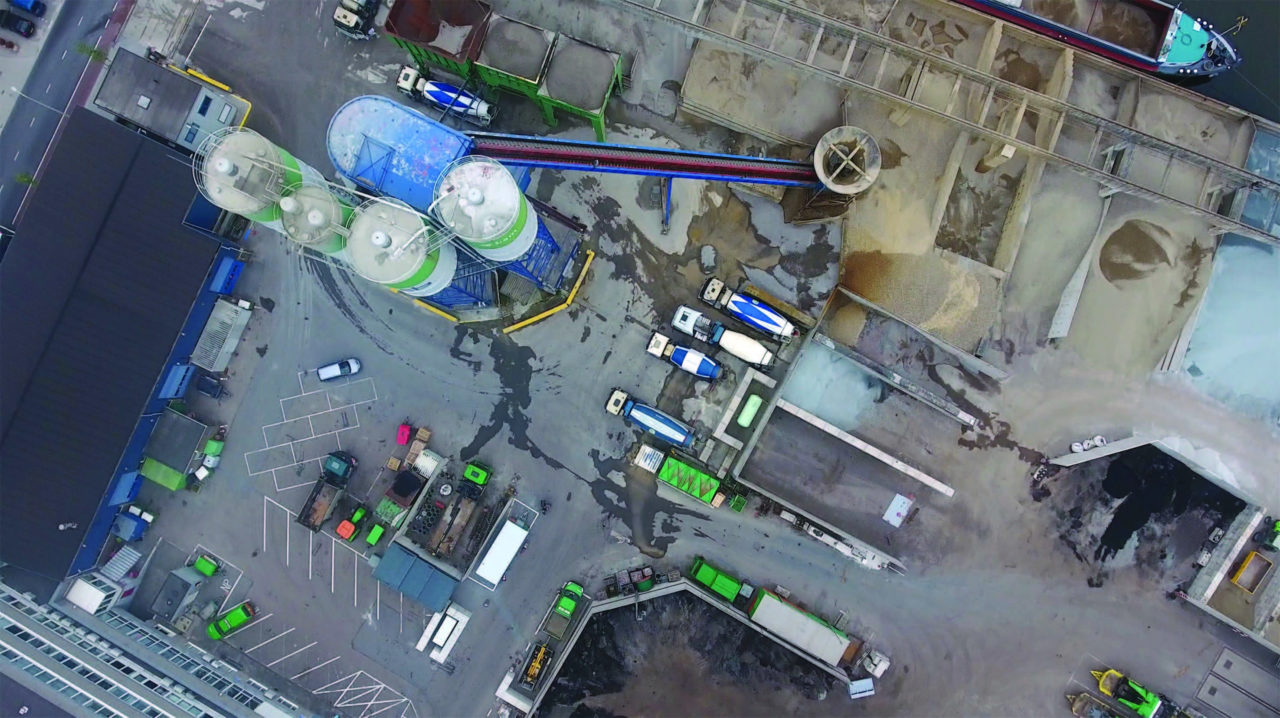NLN x Rotterdamsebaan - Six Degrees of Separation
Six Degrees of Separation - Excavated Stories from the Rotterdamsebaan
The
Visiting the excavation site of the Victory Boogie Woogietunnel
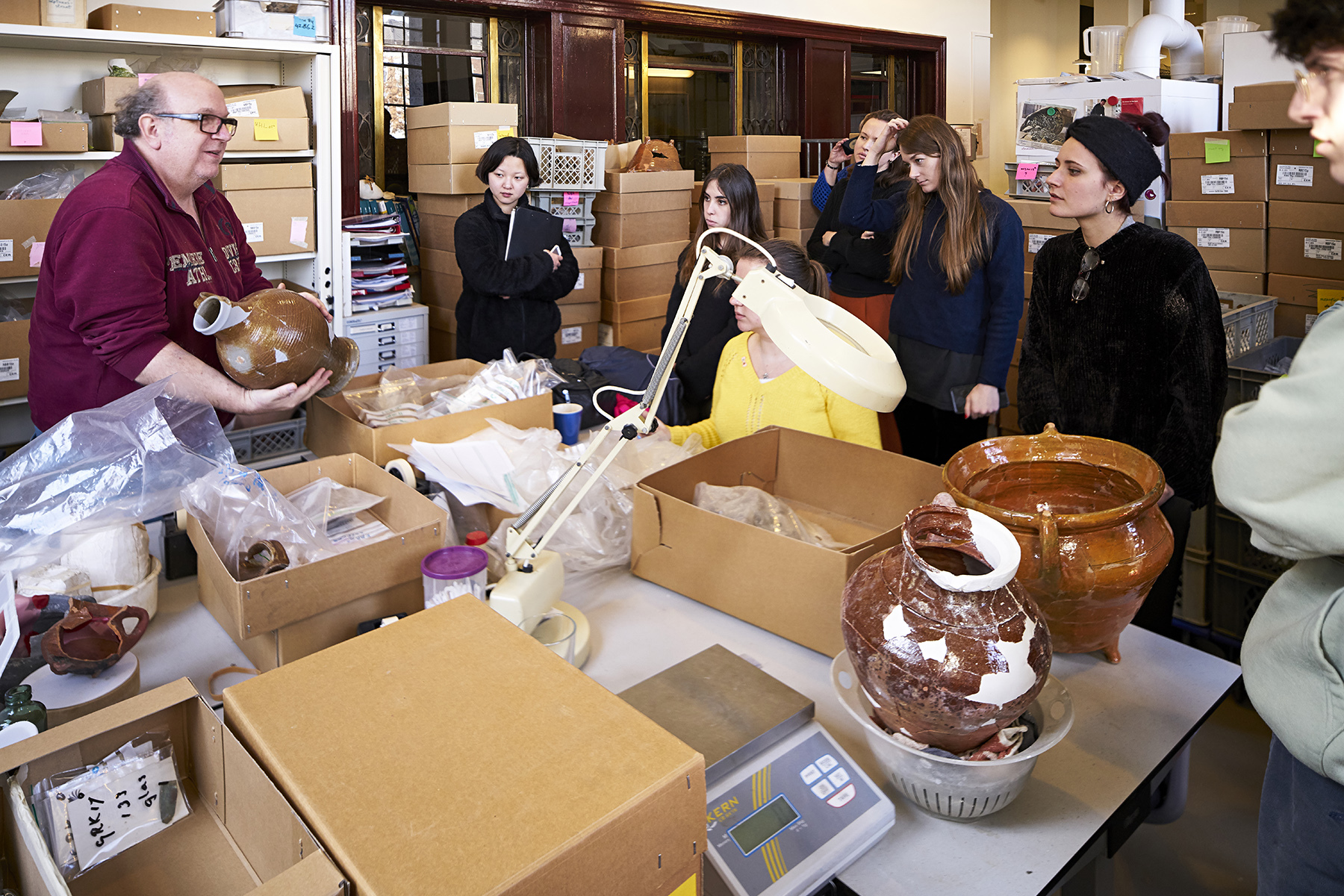
Archaeological research has been included in the Rotterdamsebaan project from the start. In 2005 it became evident that the route of the road would run through a well-preserved archaeological landscape. Since 2010, archaeologists from the municipality of The Hague have carried out research at the location where the new road is being constructed and thanks to early cooperation, historical finds were discovered and secured in good time.
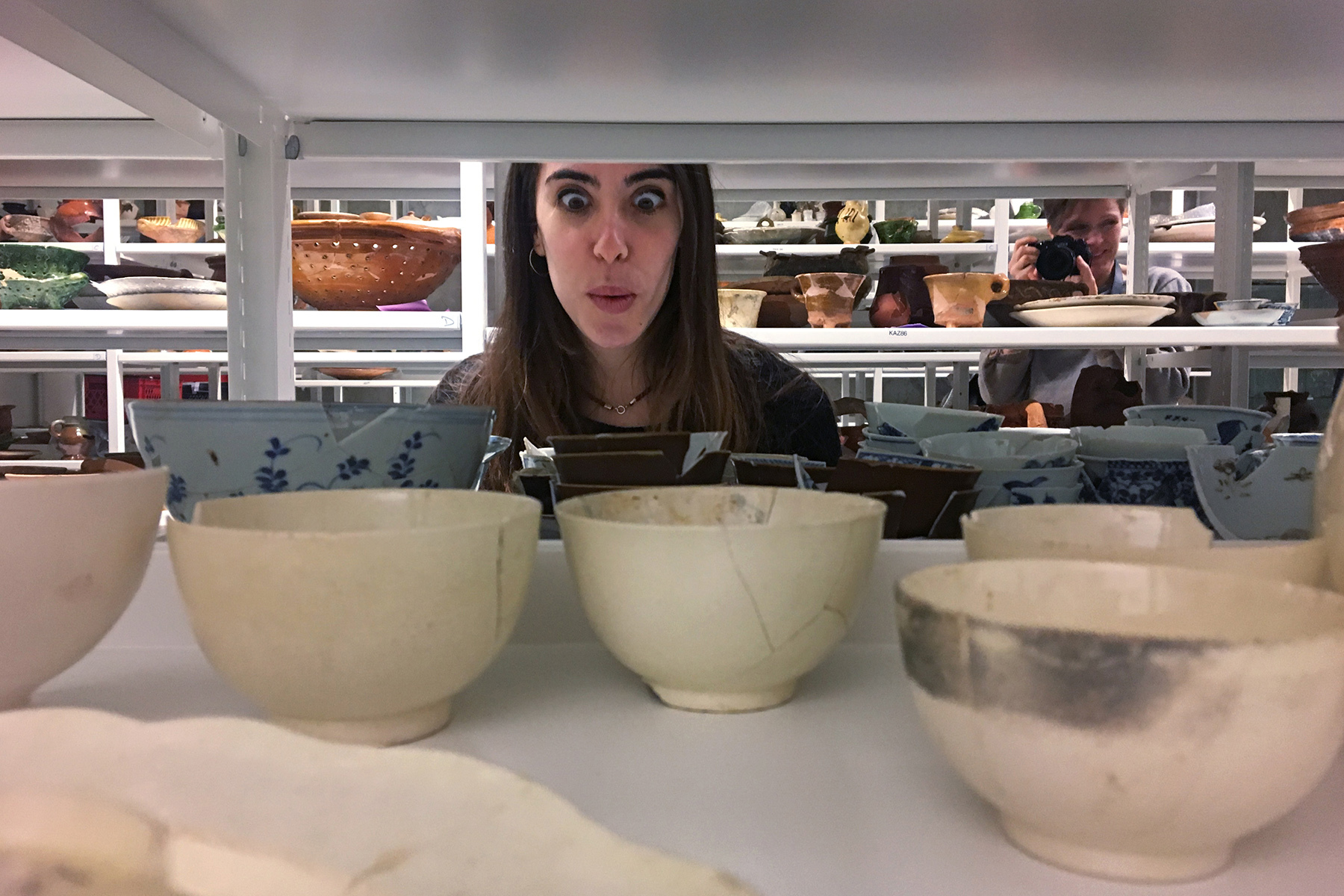
Six Degrees of Separation project offered Non Linear Narrative students direct access to archaeological remains found before the ‘Rotterdamsebaan’ tunnel excavation, in order to re-contextualize these human artefacts and link them to contemporary issues affecting The Hague today.
Guest lectures and experts
During the course of the project notable guests and experts were welcomed to guarantee the accuracy of case-related information and look at problems from different perspectives:
- Peter Stokkel and Corien Bakker from the Archaeology Department of the Municipality of The Hague offered a glimpse into the fascinating methods and challenges of conserving and interpreting historical objects.
- Paul Janssen, project director of the Rotterdamsebaan project, gave insight into the behind-the-scenes workings of a major infrastructural project.
- To obtain a critical view on the impact of the Rotterdamsebaan students interviewed and consulted Willem Jan van der Gugten (Benthem Crouwel Architects), artist and urban curator Sabrina Lindemann and Dutch politician Joris Wijsmuller.
- A complementary expert day at Stroom Den Haag was organized during the semester and included presentations from Japanese artist Nishiko, designer Lonny van Ryswyck from Atelier NL, urban strategist Han Dijk (PosadMaxwan), and advisor art and public space at Stroom Den Haag Vincent de Boer. It helped students to understand the potential role of public art and its entanglement with city infrastructural projects.
Students' video works
Cristina Lavosi - 'And It Looks to Me Like the End of an Era'
11:10 min, HD video
Lila Steinkampf -'Rebuilding The Hague'
9:30 min, video
Cyan Bae 'Amo Te Vita'
7:53 min, HD video
Mauro Tosarelli and Hattie Wade - 'Tunnel Vision'
HD video, 7 minutes
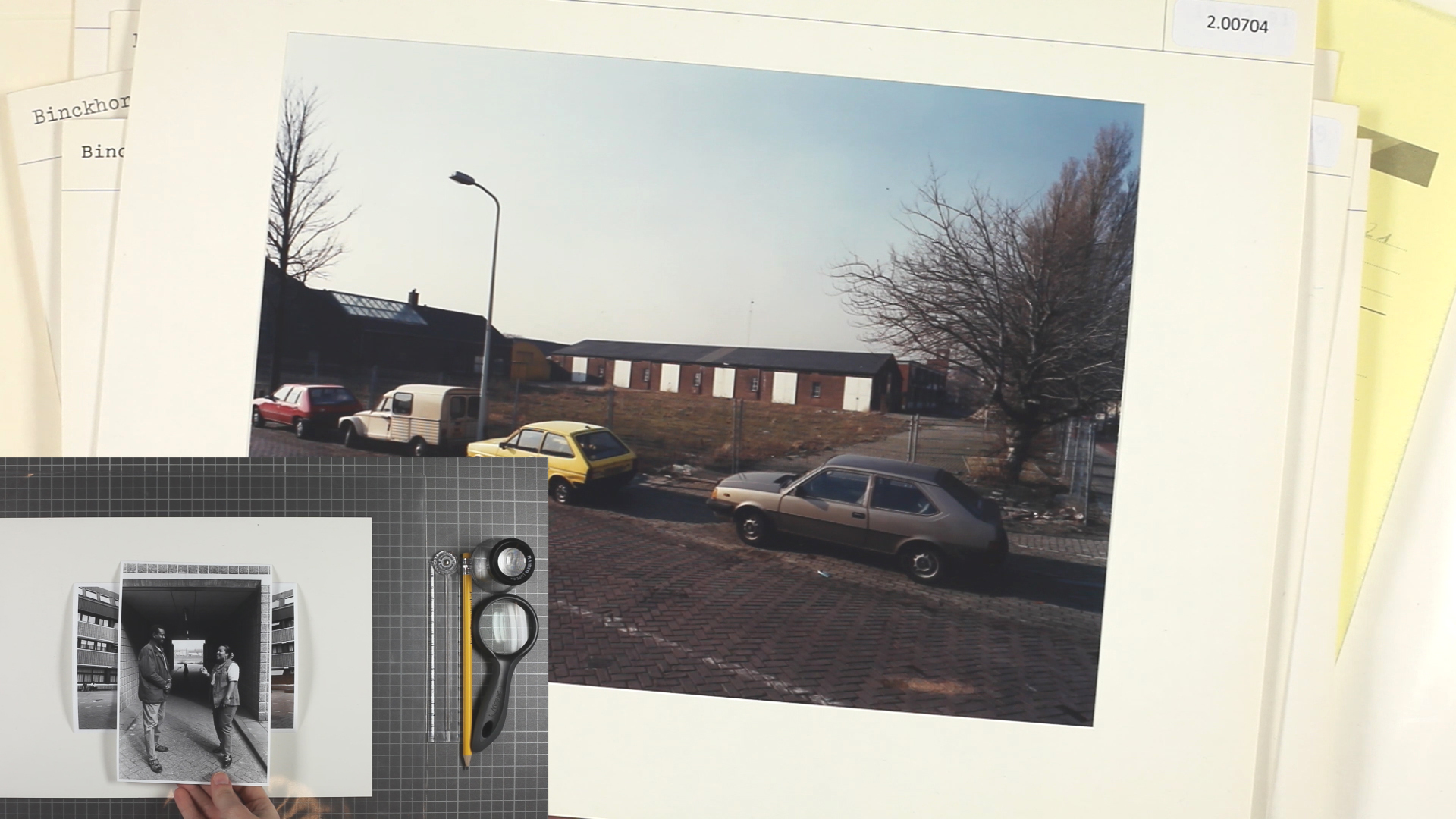
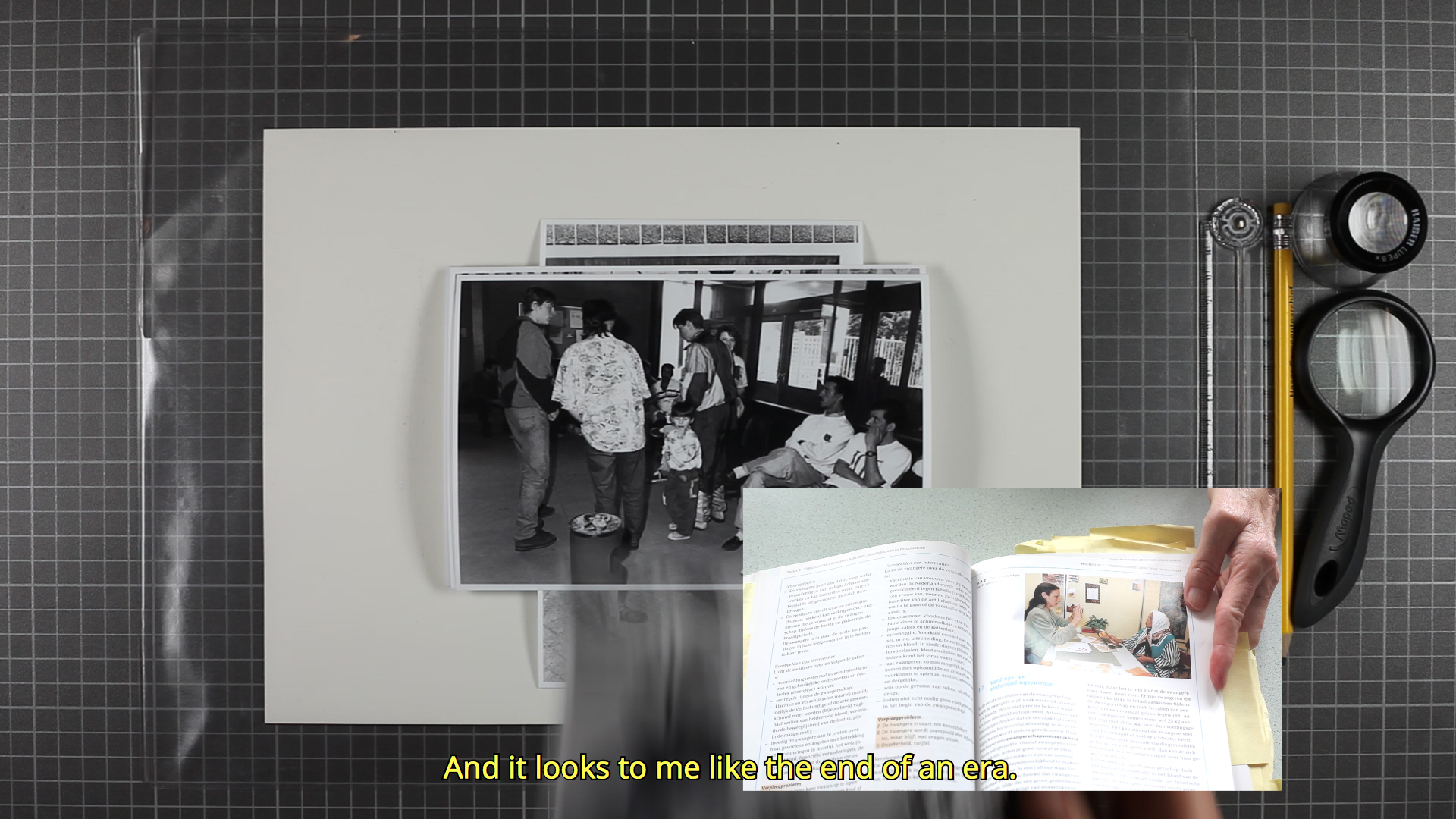
HD video, 11 minutes
Cristina Lavosi researched three temporary settlements in the Binckhorst area, connected to different periods in history; a Roma caravan camp, an asylum seeker center and a status holders’ temporary housing. Using methods of archival inquiry mainly from the Haags Gemeentearchief, Lavosi merged footage of the Binckhorst’s present configuration with historical reflections and 3D simulations of emblematic objects. The unearthed remains of a wooden wagon wheel from the late 17th century was her starting inspiration, to weave together a striking reflection on mobility and urban change spanning hundreds of years.
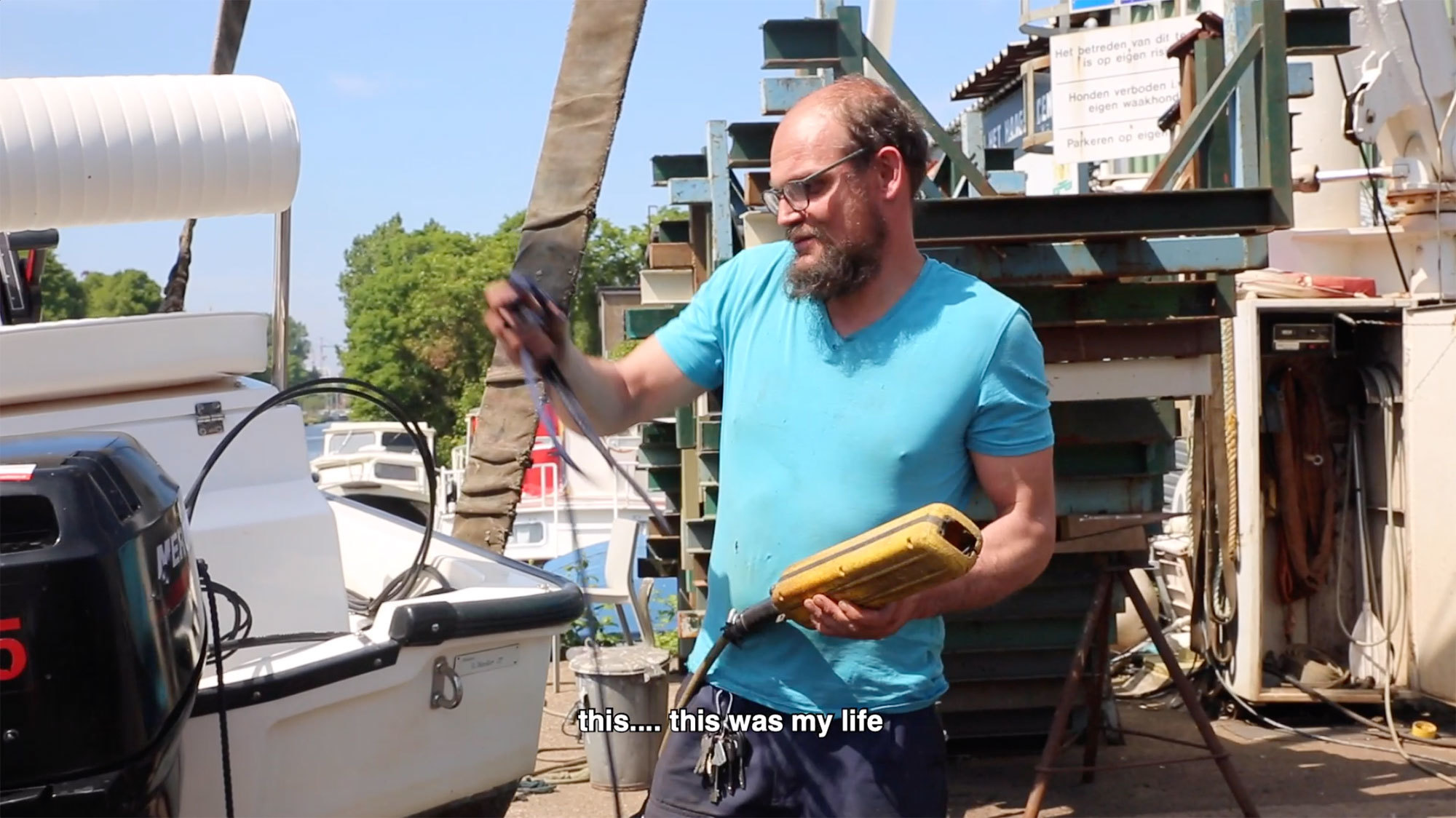
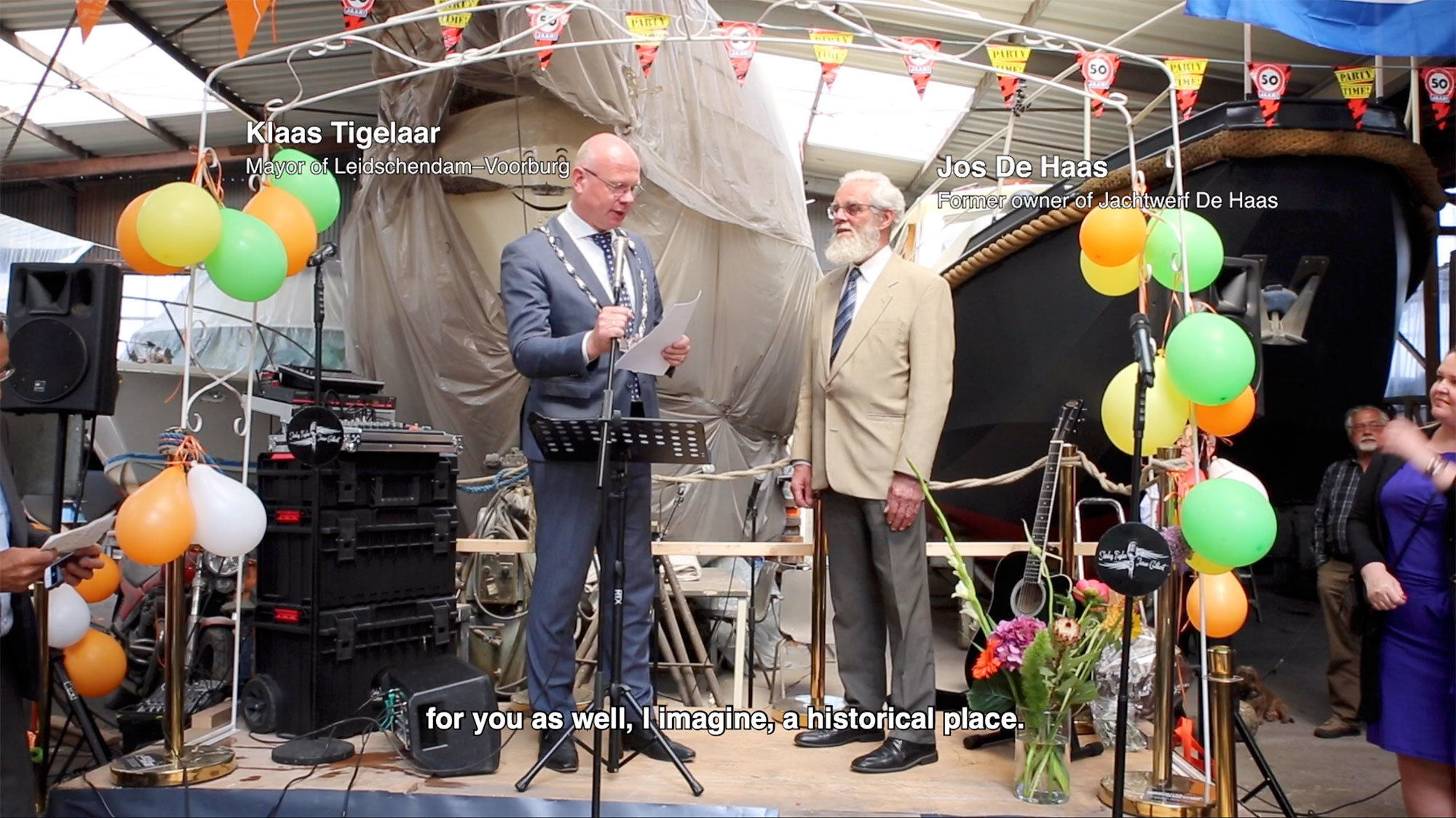
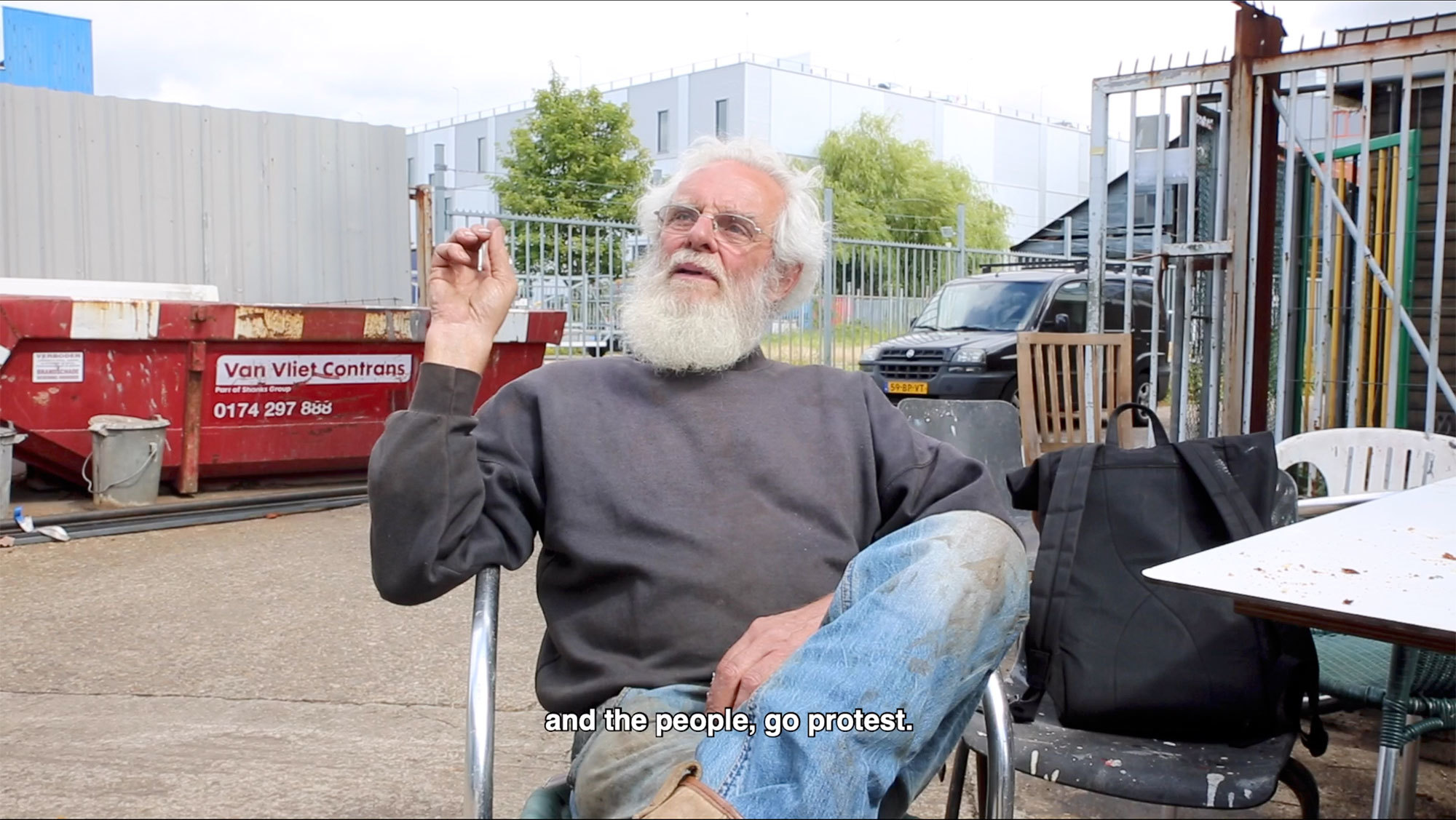
HD video, 24 minutes, 360° video
The Binckhorst is often marketed by property developers as a hip, mixed working and living hub of The Hague. Giulia Faccin and Claude Nassar chose to provide a counter-narrative by filming the mundane, everyday lives of workers at the family-owned ship repair business called Jachtwerf de Haas. Based on conversations with the owner and members of the community the film depicts intimate encounters and showcases the space in which their work and social lives intertwine. The film work aims to conserve the community by witnessing it and inviting the viewer to witness it too. Many small businesses which produce noise and dust in the Binckhorst are deemed undesirable for future urban development plans, however by conserving the vibrancy, value, and concerns of the communities, the work can be seen as a critic of current changes that can only be judged according to their future consequences
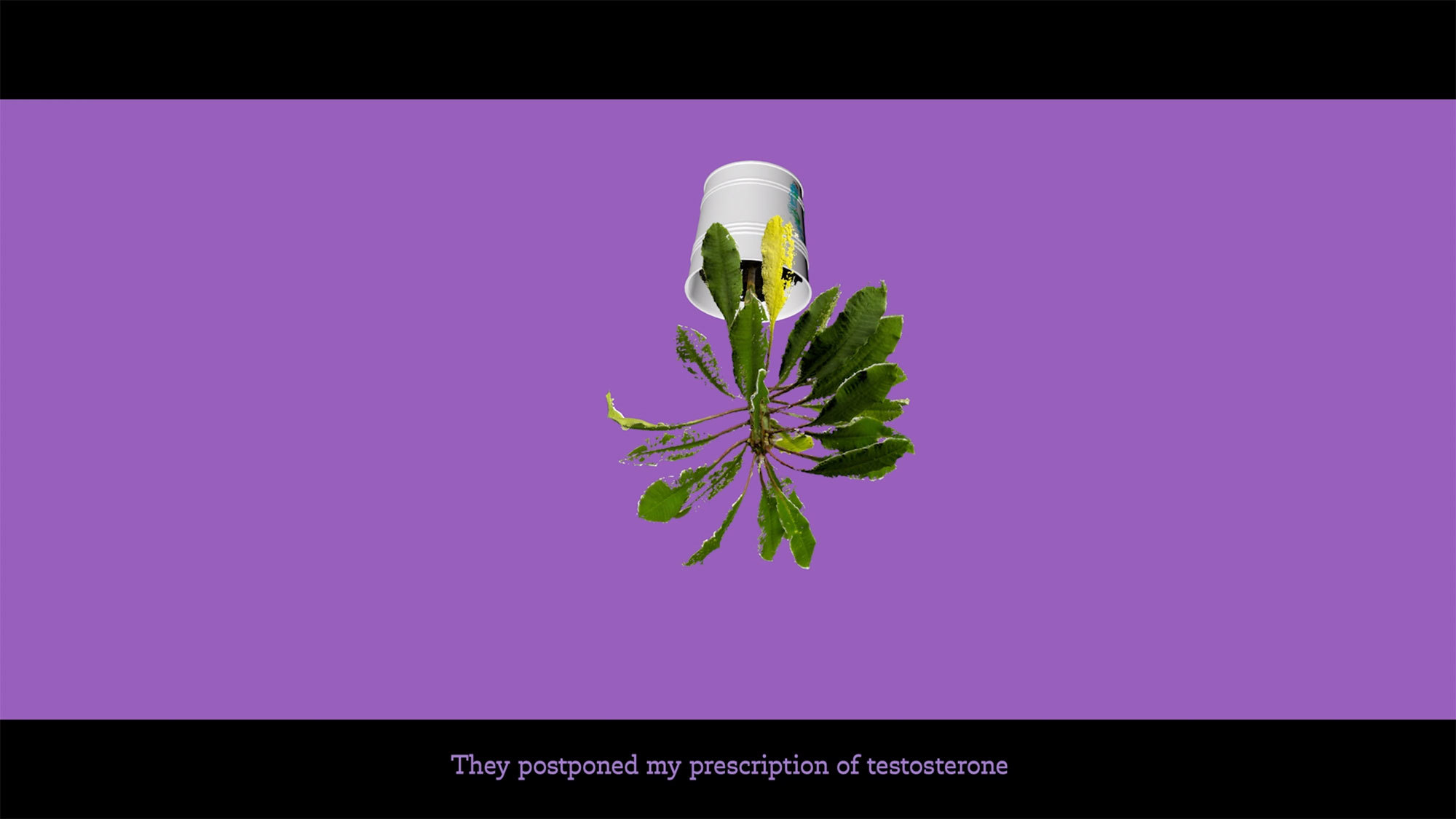
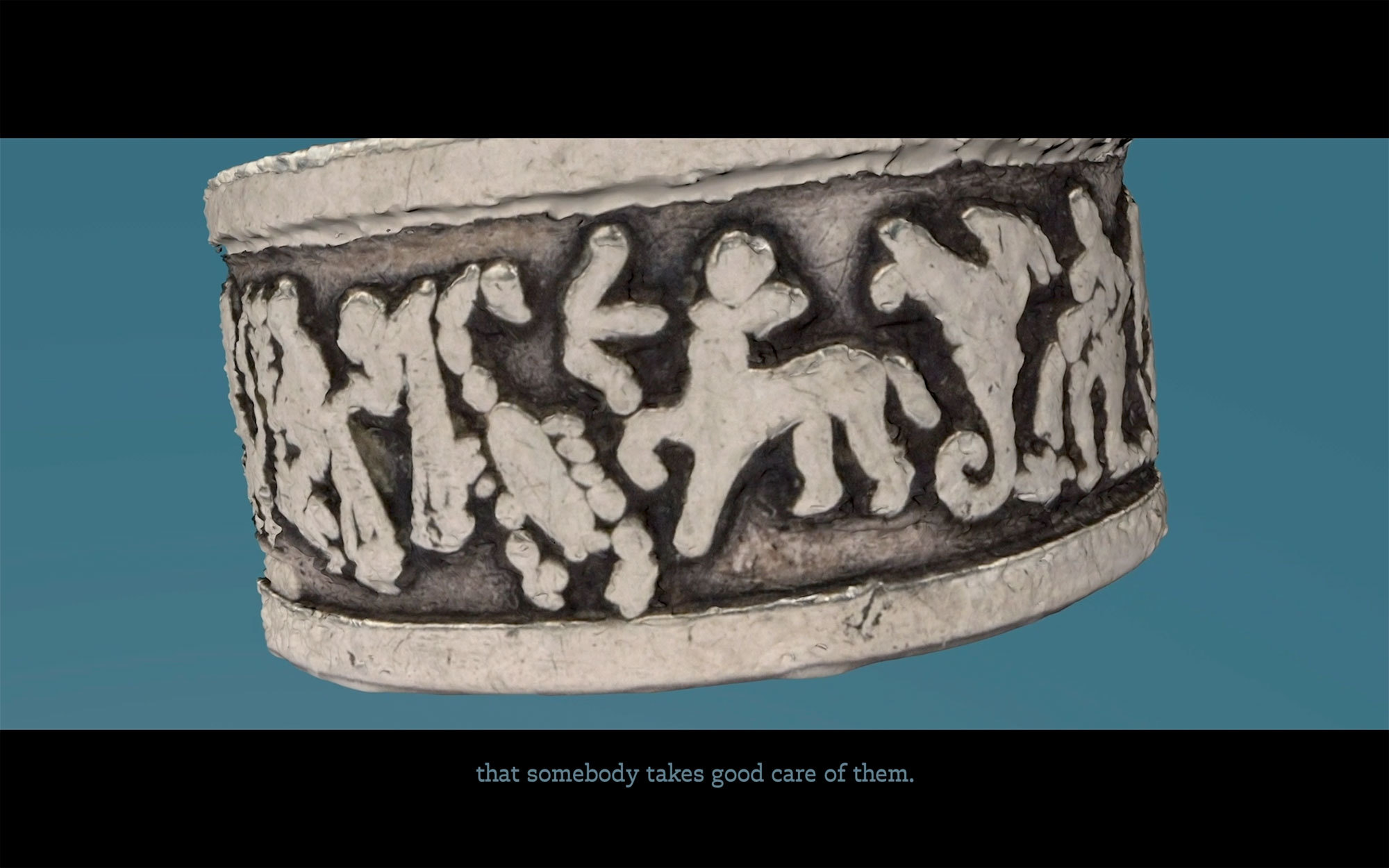
HD video, 8 minutes and publications
Cyan Bae examines considers how archaeological remains are narrated in terms of contemporary normative gender based stereotyping. Departing from a Roman silver ring with an inscription “Amo Te Vita”, or translated “I love you, my love”, excavated on the route of the Rotterdamsebaan. Bae Confronts her own bias in imagining to whom and how the ring belonged, she provides a critical perspective on the notion of ancient romance by queering local history. Queer narratives are absent and barely imagined in the museum context, which historical objects are regularly found. Through her interviews and object analysis Bae invites the viewer to witness, question and reimagine history.
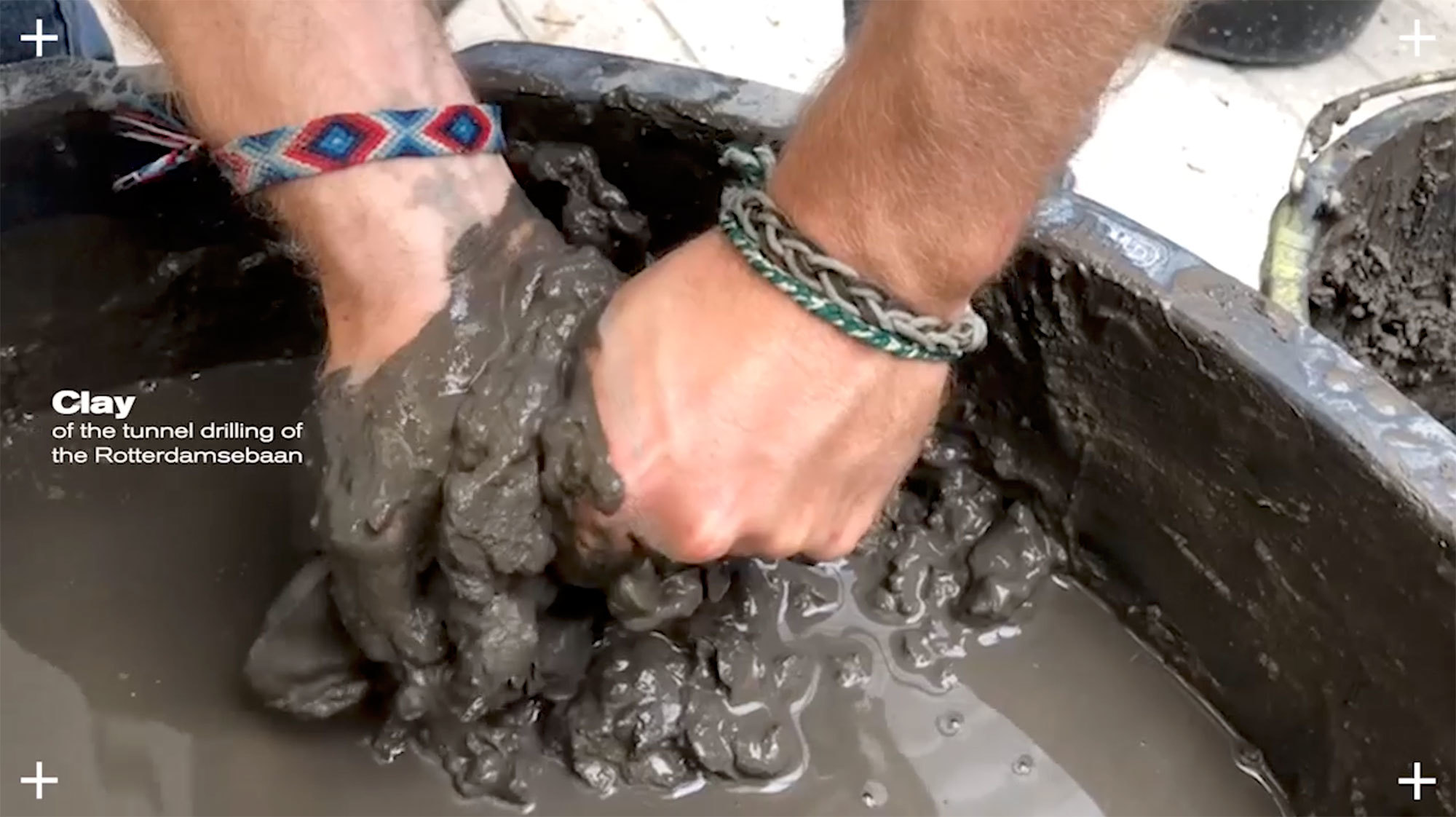
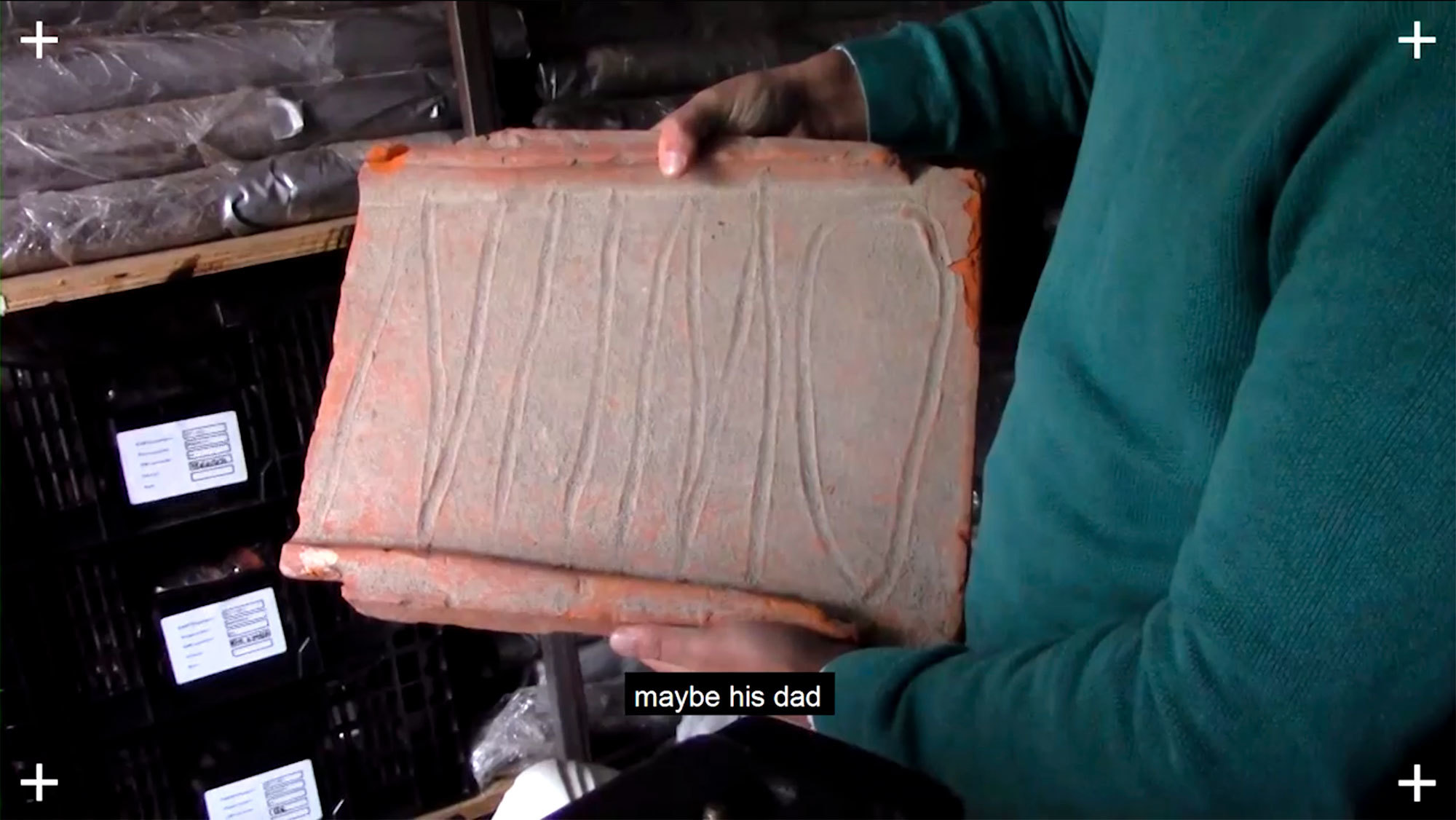
HD video, 14 minutes and clay paving stones
Before the tunnel construction of the Rotterdamsebaan, hundreds of complete Roman roof tiles were excavated near to the Drievliet Park. One of the tiles was inscribed by someone, using their finger in the partially dry clay, with the word “NIIMO” in latin, translated as “Nobody”. The motivation for the unique inscription is debated amongst the archaologiests working on the project and remains unclear. As an ode to the Rotterdamsebaan workers who left their own mark in The Hague, Meermann recreated six clay paving stones, using earth from the Rotterdamsebaan excavation. On the tiles he inscribed questions which he discussed with workers such as relating to the situation of the workers in The Hague, what they think about the tunnel and what personally will leave behind.
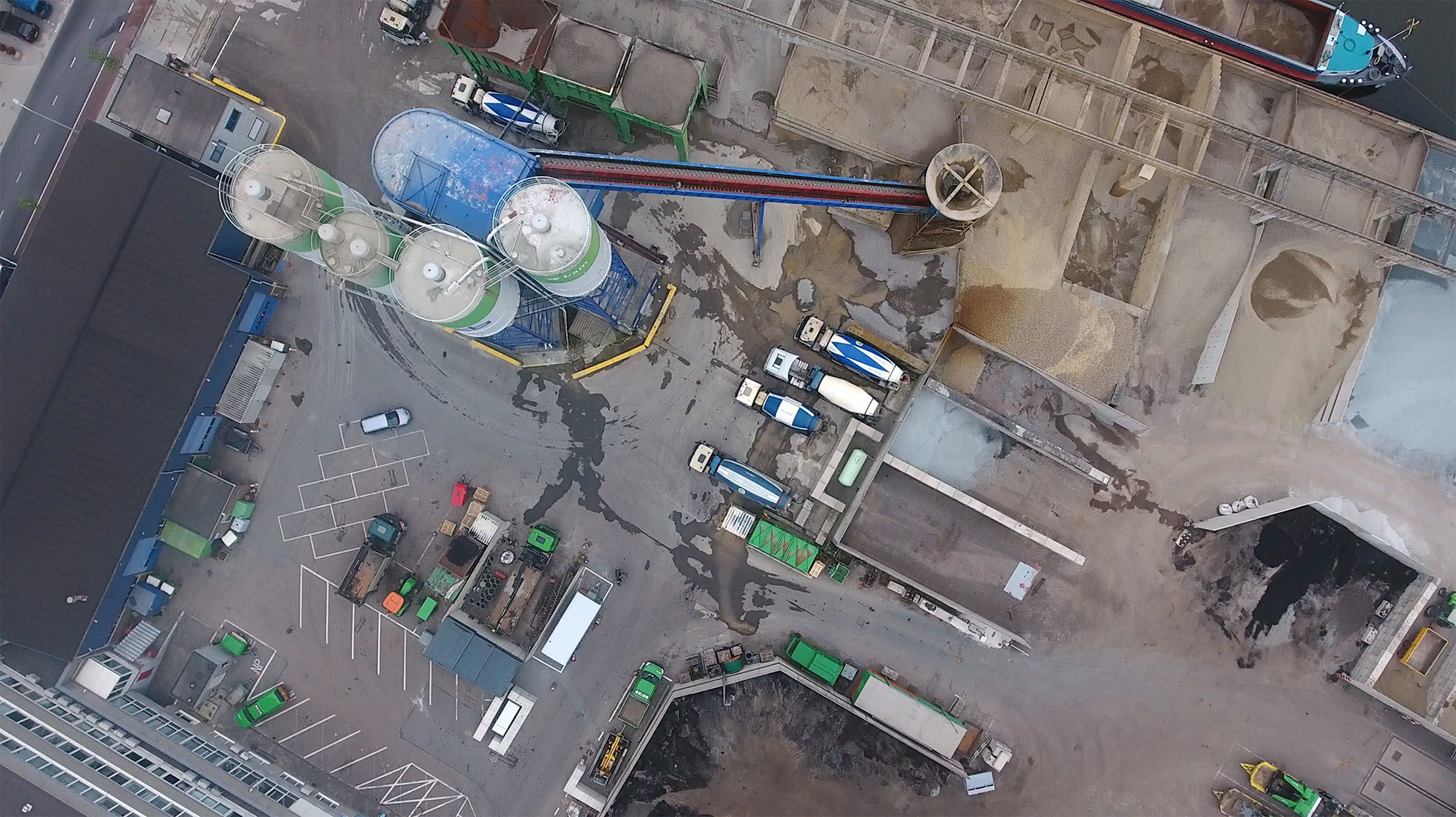
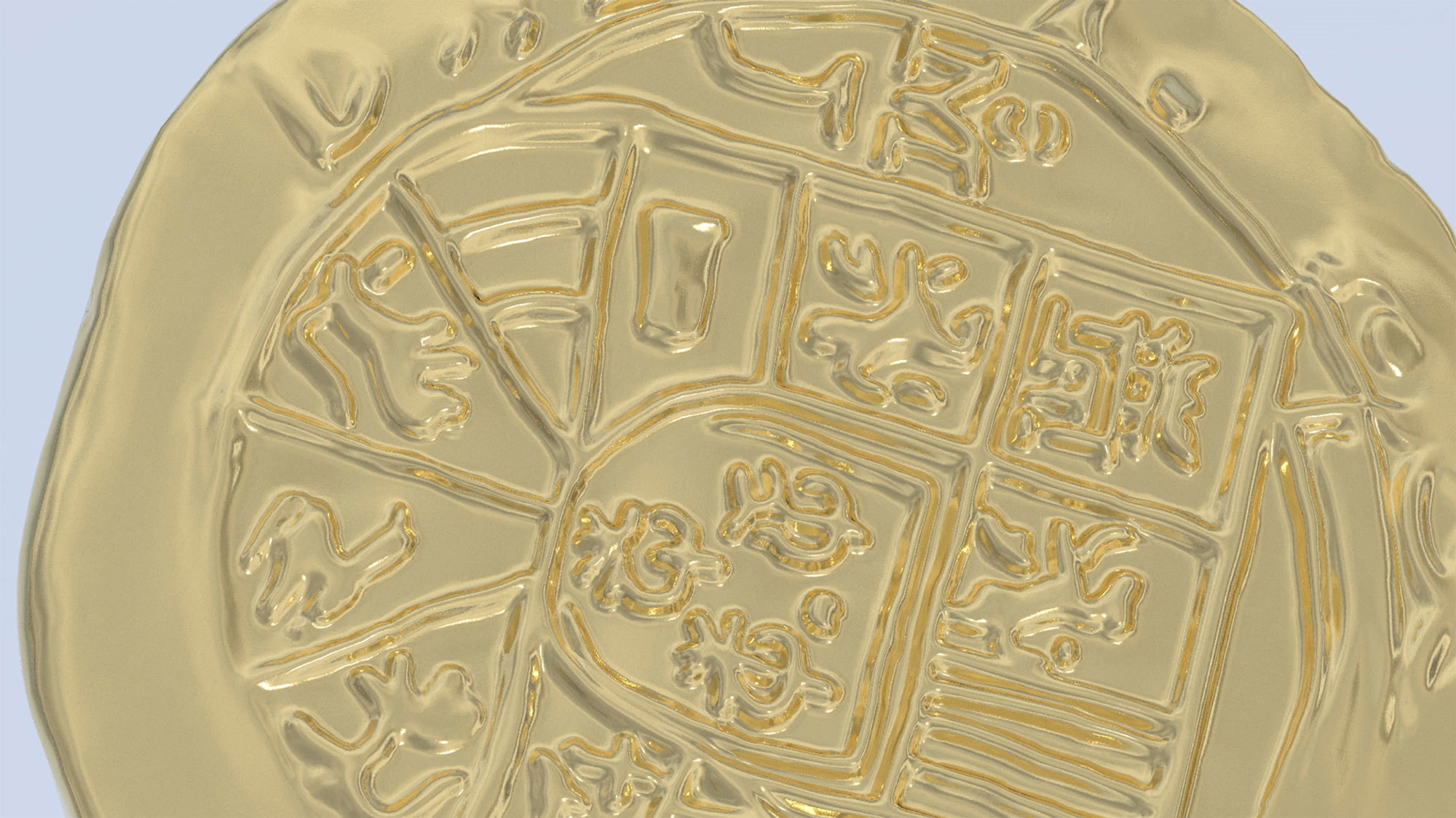
HD video, 7 minutes
Mauro Tosarelli and Hattie Wade chose the Golden Rhine Guilder, found in an excavation in the Trekvliet zone, south of The Hague as starting point. The coin was not owned by nobility, but by a man who bought land. This period in The Netherlands marked a turn from feudalism to capitalism and as a result land markets took off, introducing land as a commodity. Tosarelli and Wade conducted interviews with urban planners and property developers to investigate land value in the Binckhorst, and discover how the Rotterdamsebaan and the new Environment and Planning Act will affect development and citizens alike.
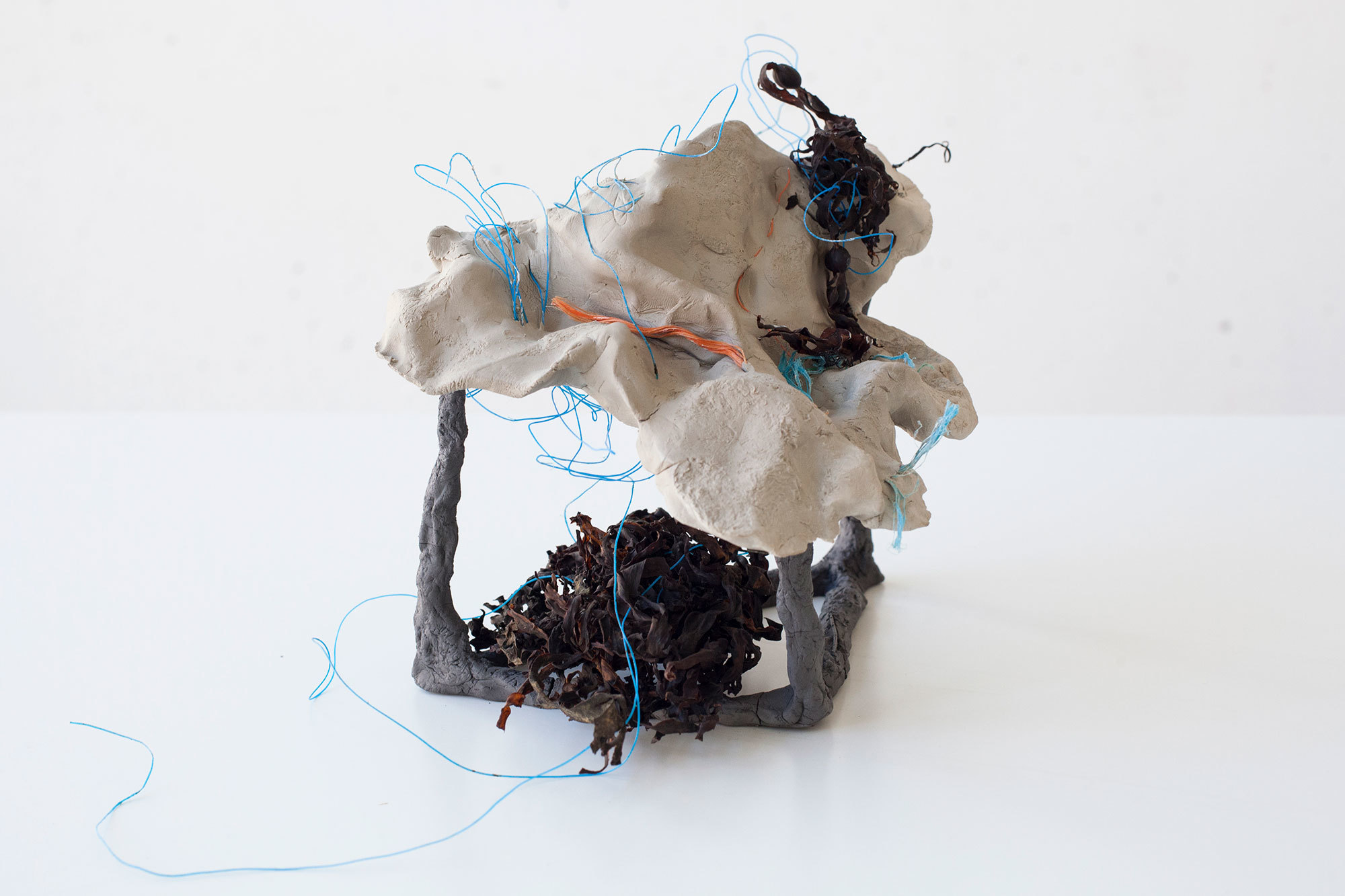
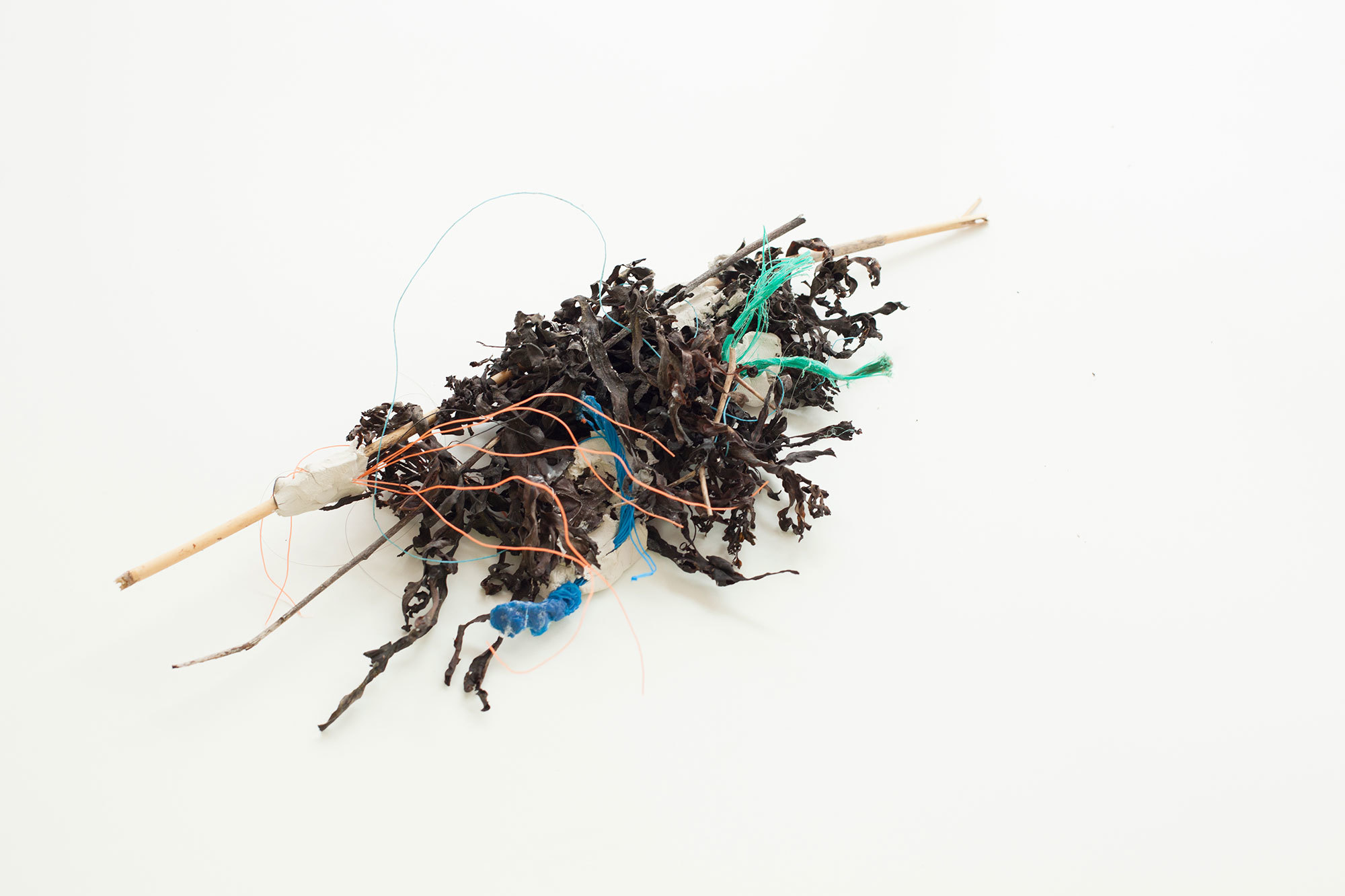
Multi-media sculptures
Kert Viiart was intigued by a fishing trap dating back to the Middle Ages and excavated at the Binckhorst. The fishing trap is made from natural materials like reeds and rope which have luckily not decomposed and are preserved until today. Viiart compares plastics used for contemporary fishing, such as nylon and polyester for fishing traps, nets, and monofilaments. Decomposition of plastics can take as long as 600 years to disintegrate. Archeologists today usually do not conserve found plastic objects amongst excavation debris, but Viiart speculates about future archaeology, by creating his own variations of mixed and natural remains, sourced from the seaside in The Hague.
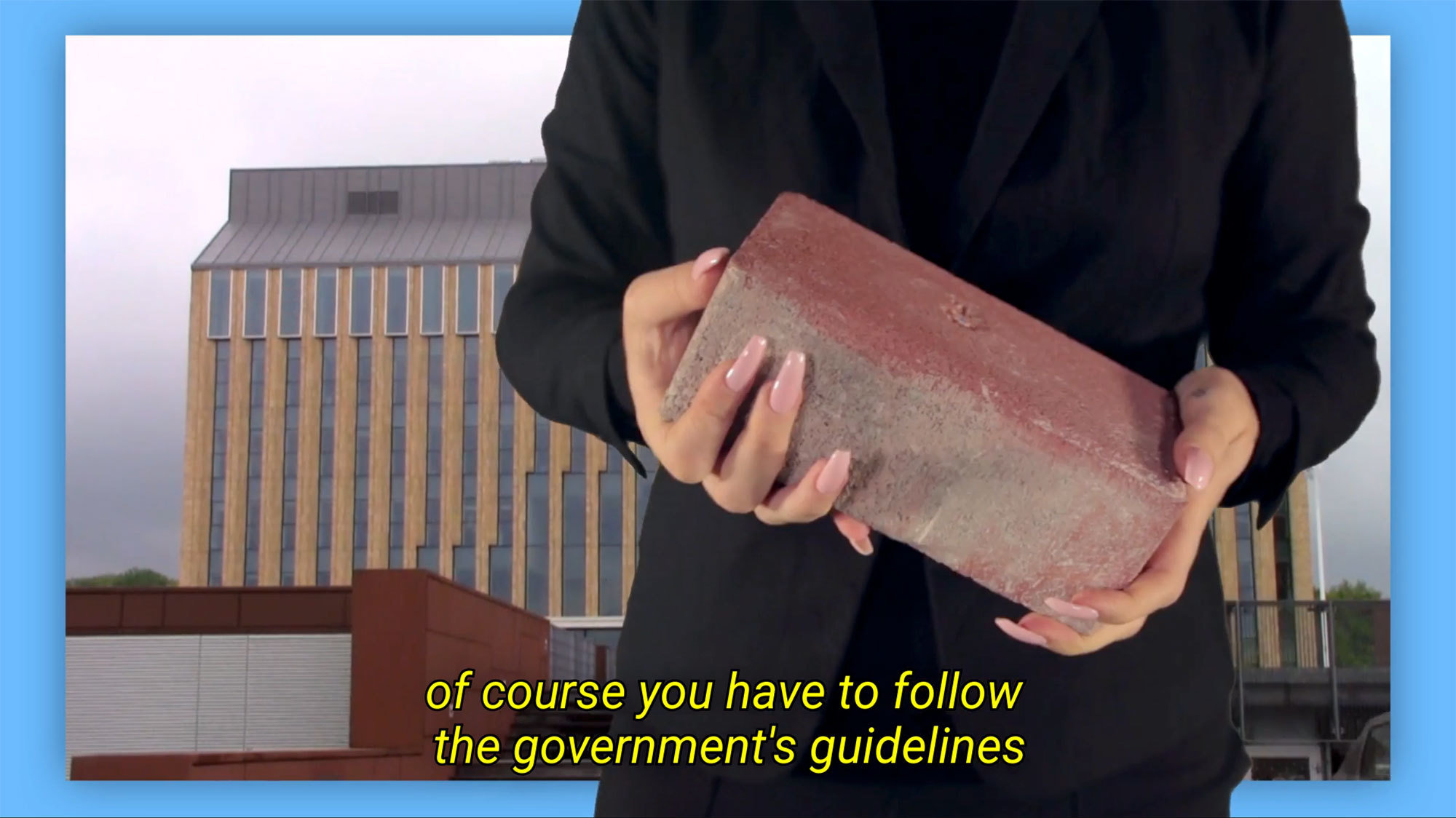
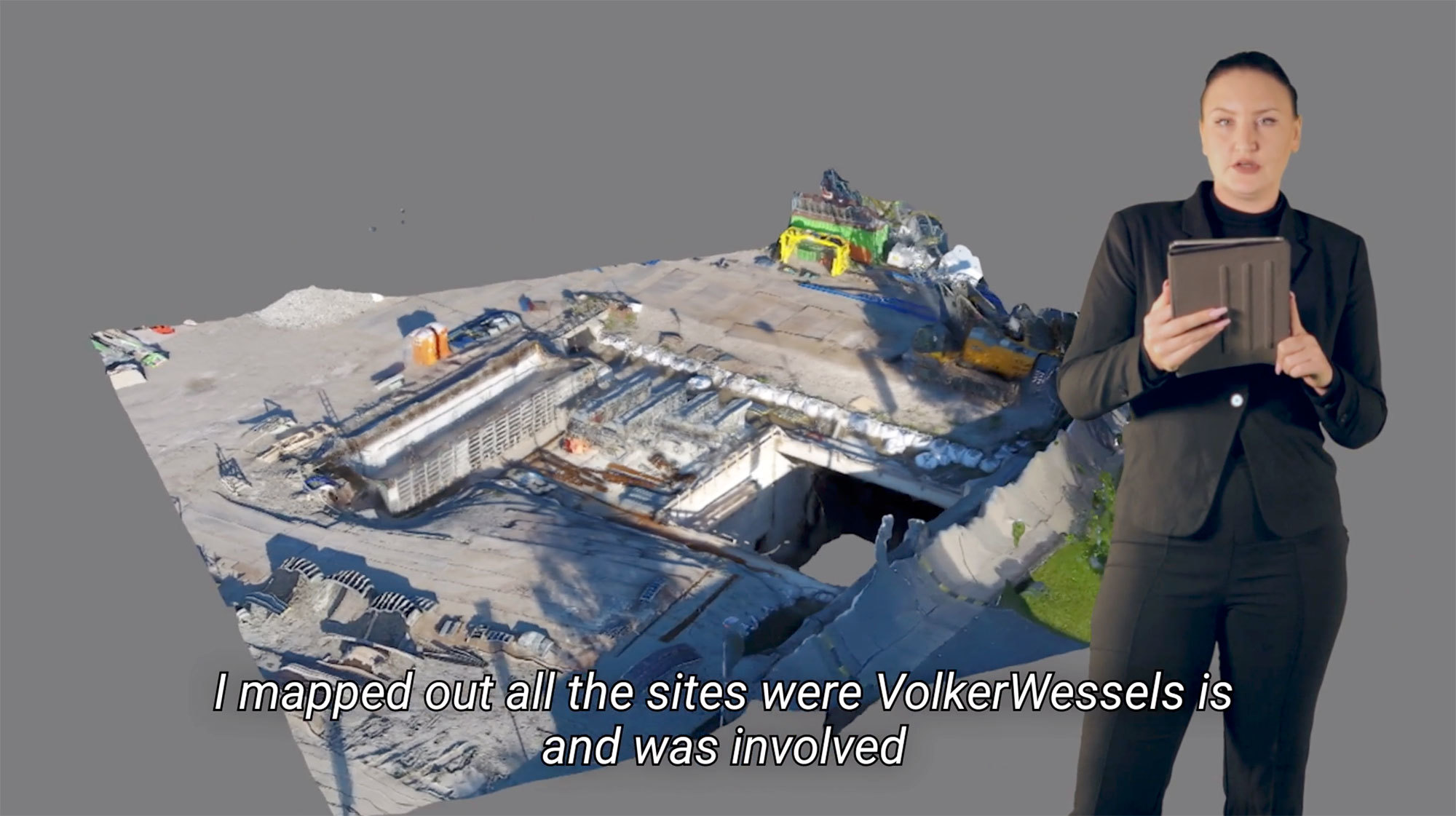
HD video 9 min 30 sec
Lila Steinkampf analyses the ideology and durability of building projects in The Hague, specifically at the Dutch construction company called VolkerWessels. By investigating the vision of contemporary construction companies she contextualised modern building artefacts as if they were archaeological finds. VolkerWessels is currently engaged in at least six large projects in The Hague, including the Rotterdamsebaan and therefore as case study offers perspective on how a single private company shapes the urban landscape.
The exhibition
The project culminated in the exhibition Six Degrees of Separation in November 2019.
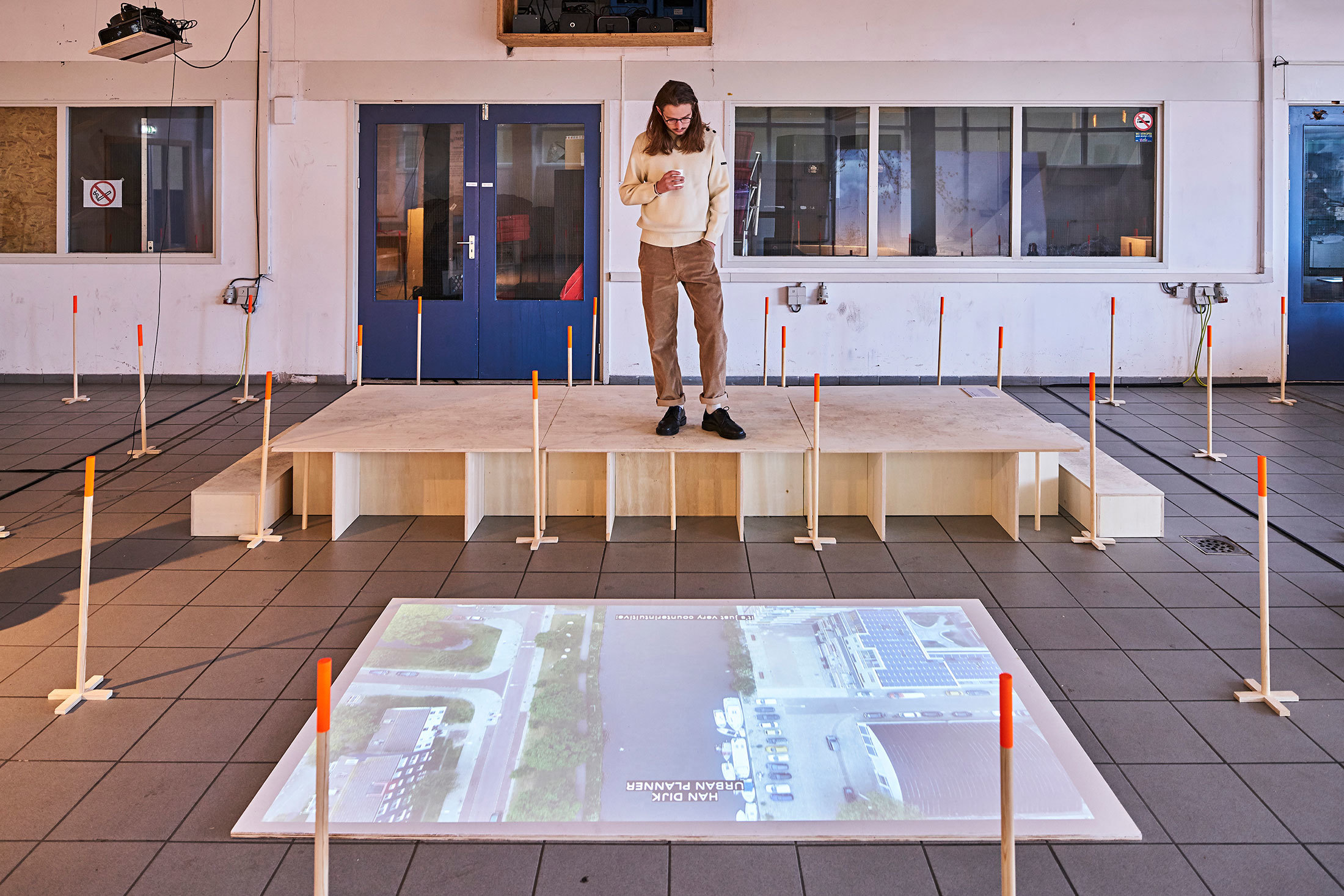
The Six Degrees of Separation exhibition results brought together thoughtful narratives exploring land speculation, property development, migration and endangered craftsmanship. Student outcomes involved extensive fieldwork in collaboration with business owners of the rapidly gentrifying Binckhorst area, in which the Rotterdamsebaan is situated today.
By mapping research, the goal was to connect one chosen historical object in a maximum of six steps to contemporary debates and find matches between archaeological research methods and design-based investigations.
Impressions of the exhibition
Participating students
Cyan Bae, Giulia Faccin, Cristina Lavosi, Felix Meermann, Claude Nassar, Lila Steinkampf, Mauro Tosarelli, Kert Viiart, Hattie Wade
Project details
Partners
Rotterdamsebaan, Archaeology Department of the Municipality of The Hague, Stroom Den Haag
Year
2019
Results
research projects, exhibition, video narratives, multimedia sculptures
